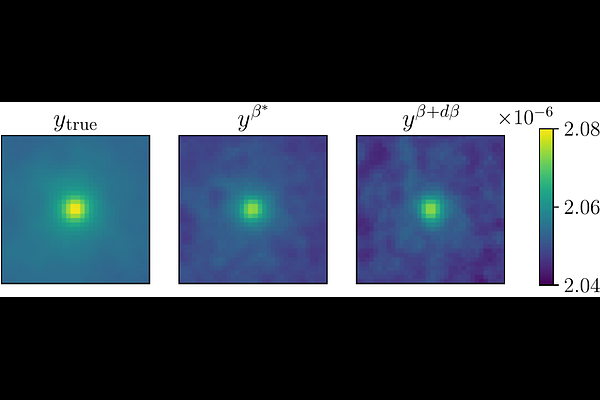Minimizing Contaminant Leakage in Internal Linear Combination Maps Using a Data-Driven Approach

Minimizing Contaminant Leakage in Internal Linear Combination Maps Using a Data-Driven Approach
Kristen M. Surrao, Shivam Pandey, J. Colin Hill, Eric J. Baxter
AbstractThe thermal Sunyaev-Zel'dovich (tSZ) effect, the inverse-Compton scattering of cosmic microwave background (CMB) photons off high-energy electrons, is a powerful probe of hot, ionized gas in the Universe. It is often measured via cross-correlations of CMB data with large-scale structure (LSS) tracers to constrain gas physics and improve cosmological constraints. The largest source of bias to these measurements is the leakage of poorly understood thermal dust emission from star-forming galaxies -- the cosmic infrared background (CIB) -- into the tSZ maps. This CIB contamination is difficult to clean via multifrequency component separation methods, such as internal linear combination (ILC), due to uncertainty in its spectral energy distribution (SED), which exhibits spatial and line-of-sight variation and decorrelation. Thus, improved ILC-based techniques have been developed to null ("deproject") both the CIB and its first moment with respect to the emissivity index $\beta$ in order to robustly remove the CIB despite the lack of first-principles knowledge of its SED. While decreasing the bias, such procedures can significantly increase the noise in the resulting ILC maps. In this paper, we develop a data-driven algorithm for determining the optimal CIB SED to deproject when measuring a tSZ-LSS cross-correlation, obviating the need to deproject the first moment in the ILC map used for such a measurement. Our method gives an unbiased cross-correlation with increased signal-to-noise. We demonstrate its efficacy on simulations, finding a 60% improvement in the signal-to-noise ratio for an example tSZ cross-correlation with a halo sample at redshifts $0.8 < z < 1.8$, as compared to moment deprojection approaches. Though used here for CIB removal in tSZ cross-correlations, our method is broadly applicable to minimizing contaminant leakage in ILC maps. Our code is available in CIB-deproj.